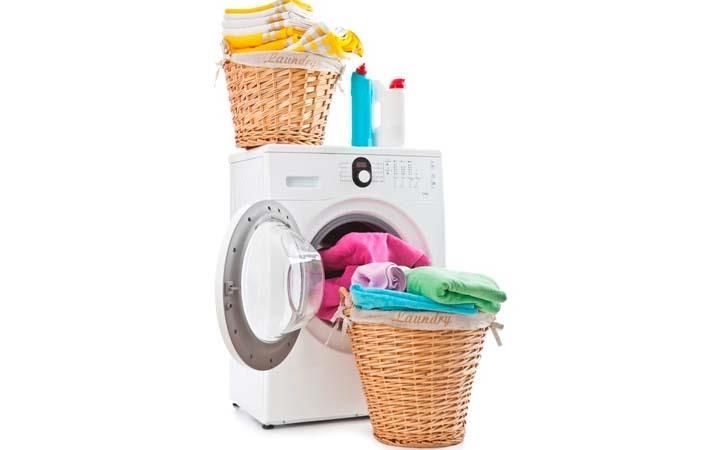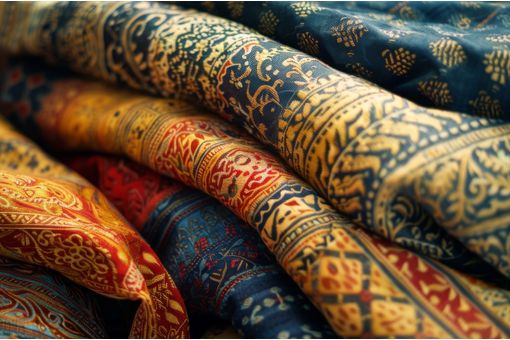Interviews
Your go-to source for news, anytime, anywhere! Insightful industry information from the textile, apparel & fashion world with our news app
Download Now
Your go-to source for news, anytime, anywhere! Insightful industry information from the textile, apparel & fashion world with our news app
Download Now
Your go-to source for news, anytime, anywhere! Insightful industry information from the textile, apparel & fashion world with our news app
Download Now
Your go-to source for news, anytime, anywhere! Insightful industry information from the textile, apparel & fashion world with our news app
Download Now
News Flash
SGS develops test for microfibre in laundering
01 May '17
2 min read

Courtesy: SGS
SGS Global Softlines has developed a new testing service to assess the amount of microfibre released from each end-product during domestic laundering. Microfibres released during domestic laundering of synthetic apparel are becoming an environmental concern because these can be mistaken for food by marine life and enter food chain, posing threat to humans.
The testing can be used to pinpoint and compare the fibre-releasing properties of garments. Also it can be used for assessing and comparing the processing parameters that may affect the amount of microfibre released. For example, the degree of fibre raising and fabric brushing in fleece garments. Brands and retailers can use this information to adjust processing parameters to minimise the quantity of microfibre released during consumer laundering.
The release of microfibers as a result of domestic laundering of synthetic apparel has been widely reported as a significant potential source of microplastics - small plastic particles in the environment that are generally smaller than five millimetres in size and possibly microscopic. Microplastics are of particular concern due to their potential toxicity to the animals that ingest them. Human-health concerns are being raised, since many of the marine animals enter the food chain. After entry into the ocean, microplastics can become globally distributed and have been found on beaches, in surface waters, seabed sediments and in a wide variety of invertebrates, fish, birds and mammals.
In addition, microfibres can act as a 'vector' to adsorb persistent organic pollutants and endocrine disruptors from the external environment on their surfaces. For these reasons, microfibres can contain potentially harmful ingredients that go into the bodies of marine organisms and could be transferred to people who consume the fish.
To date, there is no international law regulating microfibre release from textile products. However, microfibre pollution is raising international concerns about the volumes of synthetic garments that are made by many retailers and brands. (SV)
Fibre2Fashion News Desk – India
Popular News
Leave your Comments
Editor’s Pick
Christian Guinet
French Textile Equipment Manufacturers’ Association (UCMTF)
Pratik Gadia
The Yarn Bazaar - Filosha Infotech Private Limited
































-Ltd..jpg?tr=w-120,h-60,c-at_max,cm-pad_resize,bg-ffffff)





.jpg?tr=w-120,h-60,c-at_max,cm-pad_resize,bg-ffffff)
.jpg?tr=w-120,h-60,c-at_max,cm-pad_resize,bg-ffffff)






